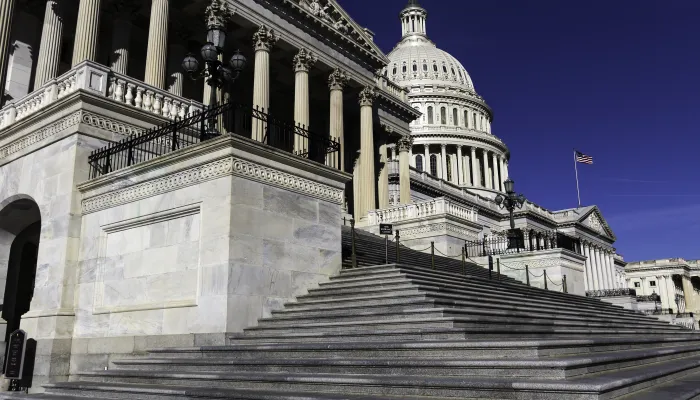CRFB Re-Estimates the Fiscal Commission's Plan
In the awesome world of budget baselines and budget options, we are graced a few times a year with updated budget projections from CBO. These updated projections give us an opportunity to get a better sense not only of where our country's finances are heading, but also to update estimates on what would happen if certain deficit reducing policies were put in place.
Since the Fiscal Commission's recommended spending, revenue, deficit, and debt paths were based off of an adjusted version of CBO's August budget projections, we can now roughly update these metrics for the Fiscal Commission's plan based on CBO's most recent March projections. CRFB recently ran through all these numbers for our analysis that compared the President's new debt reduction framework, the House Republican budget, the President's February budget, and the Fiscal Commission plan all on a comparable 10-year basis.
Why is it important that there are March budget projections? Well, a lot has changed in the budget world since August -- economic projections have been revised downward, lawmakers signed an $858 billion tax cut deal in December, and Congress and the President reached an agreement on fiscal year 2011 appropriations which included significant cuts in discretionary spending (which not only make spending this year lower, but have also been incorporated into the baseline for future years).
Click here for the CRFB re-estimate of the Commission plan.
Our updated estimates of the Fiscal Commission's savings (also found in the attached spreadsheet) judge the Fiscal Commission's recommendations from both current law and adjusted baseline projections, which will not be exactly the same as the Fiscal Commission's plausible baseline. We also updated several estimates for specific policies based on some new scores from CBO, and extrapolated savings out to 2021. These updated estimates give us the best reasonable projections of what deficits and debt would look like for the next 10 years under the Commission's recommendations.
We have estimated that the plan would now save slightly under $4.1 trillion over the 2012-2021 period compared to our adjusted baseline. Note that this appears as less savings than what the Fiscal Commission presented ($4.1 trillion through 2020). This is due mainly to the fact that some of the discretionary savings recommended by the Commission have been incorporated into our adjusted baseline either because the recent discretionary spending cuts have lowered the current law baseline (about $300-$400 billion through 2021), economic and technical estimates have changed the discretionary projections (about $100-$200 billion through 2021), or the fact that our baseline does not incorporate the President's FY 2011 discretionary request as the Commission did (about $300-$400 billion through 2021).
The actual levels of deficits, debt, spending, and revenues will also differ from original estimates for other reasons, largely because the 2010 tax cut deal and lower economic growth assumptions have significantly pushed down revenue projections. Under our latest estimates, we project the Fiscal Commission plan would hold spending to below 22% of GDP from 2014 on, and would gradually raise revenue to above 20% by 2020. As a result, deficits would fall from over 9% of GDP in 2011 to 2.6% in 2015 and 1.6% in 2021. Debt would decline from a high of 75% of GDP in 2013, to below 69% by 2021.
| CRFB Updated Fiscal Commission Estimates | ||||||||||||
| 2011 | 2012 | 2013 | 2014 | 2015 | 2016 | 2017 | 2018 | 2019 | 2020 | 2021 | Ten-Year | |
| Spending | 24.1% | 22.9% | 22.2% | 21.9% | 21.8% | 21.9% | 21.8% | 21.5% | 21.8% | 21.8% | 21.8% | 22.0% |
| Revenues | 14.8% | 16.3% | 17.7% | 18.9% | 19.2% | 19.2% | 19.6% | 19.7% | 19.9% | 20.0% | 20.3% | 19.1% |
| Deficit | 9.3% | 6.7% | 4.5% | 3.1% | 2.6% | 2.7% | 2.2% | 1.8% | 1.9% | 1.8% | 1.6% | 2.9% |
| Debt | 68.9% | 73.1% | 75.1% | 74.8% | 73.8% | 73.2% | 72.4% | 71.4% | 70.5% | 69.6% | 68.5% | N/A |
Although debt would be higher than under the original projections -- largely due to the 2010 tax deal and lower economic assumptions -- the Fiscal Commission's recommendations would still save more than $4 trillion over the next decade, and would bring debt down to much more manageable levels. In our view, the Commission's plan still reflects the minimum standard of savings that lawmakers should work toward.
Click here for an excel spreadsheet of CRFB's re-estimate of the Fiscal Commission plan.

